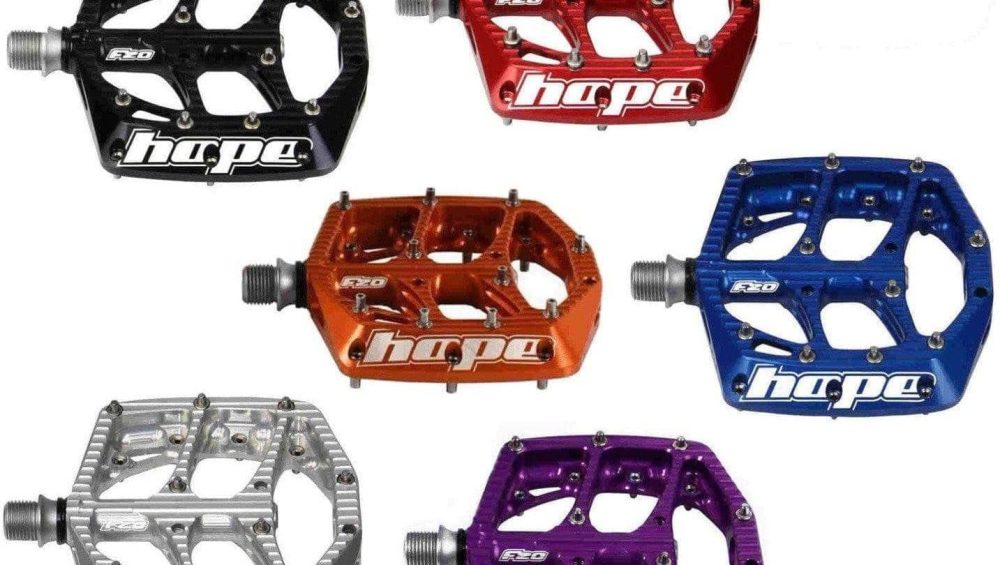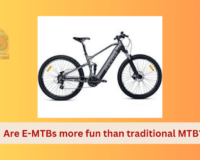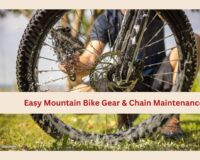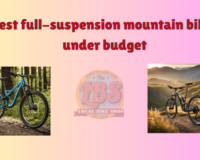Looking for the best new mountain bike pedals? Are you wondering which mountain bike pedals are the best for your adventure cycling trip? Before diving into this let’s get familiar with what is mountain bike pedal and how it works? The pedal is the part of the bike that the rider pushes with their foot to propel the vehicle. It provides not only the connection between the rider’s foot and the crank.
That also helps to turn the bottom bracket spindle and propel the bicycle’s wheels. Usually, it is connected to cranks along with the driven wheel. And it consists of a spindle that threads into the end of the crank, and a body on which the footrest is attached, that is free to rotate on bearings with respect to the spindle.
Yes, Pedals are one of the most vital contact points on your bike. They’re crucial to everything from climbing to cornering and that’s why you need to get the right ones for you. If you can’t put your foot on the pedal it can be dangerous.
If you slip off you could impact multiple body parts on different parts of your bike and cause pain, scrapes, and cuts, to yourself. Thus, it might end up with some crash or worse.
In the market commonly there are two types of mountain bike pedals. The first type is the flat or platform pedal and another one is the ‘clip less’ pedal. Comparing these two pedals different riders prefer different. Some prefer flat over Clipless, meanwhile, some prefer Clipless over the flat pedal.
1. Flat Pedal
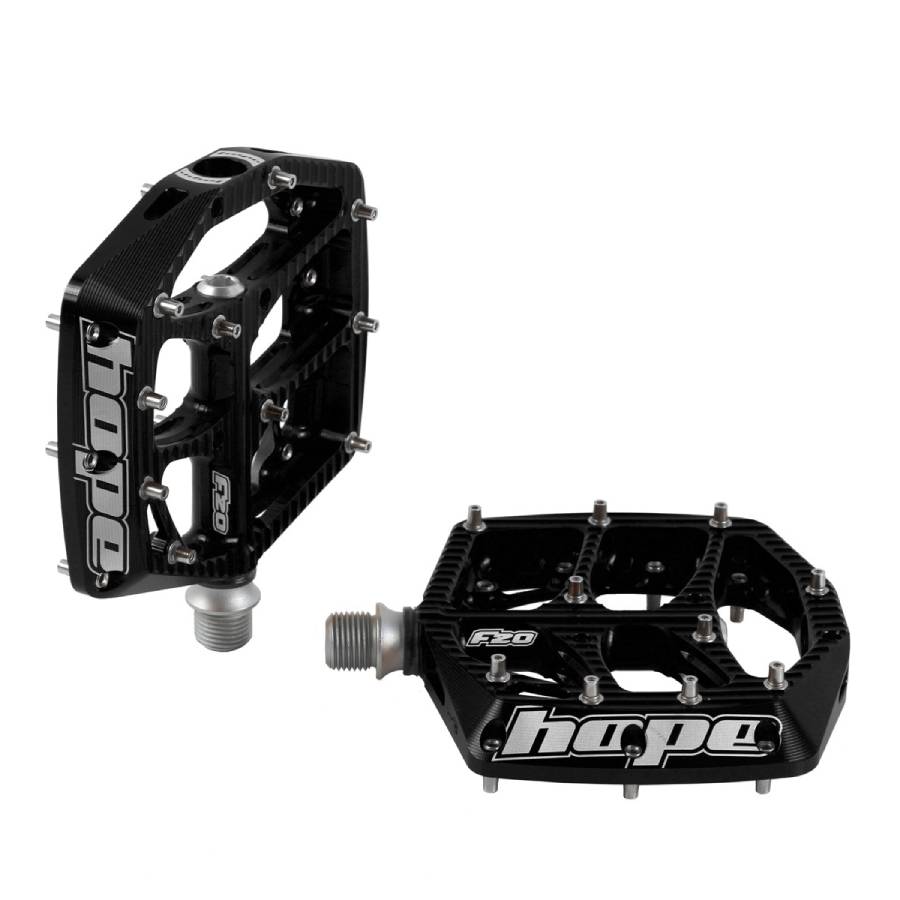 A flat pedal is a pedal that has a flat surface and no interface to clip your shoe into it. Usually, Flat pedals have a large surface area with metal pins that help to hold your foot in place by gripping the bottom of mountain bike shoes. These pedals are designed to use a large platform with an arrangement of pins sitting proud of it to provide grip.
A flat pedal is a pedal that has a flat surface and no interface to clip your shoe into it. Usually, Flat pedals have a large surface area with metal pins that help to hold your foot in place by gripping the bottom of mountain bike shoes. These pedals are designed to use a large platform with an arrangement of pins sitting proud of it to provide grip.
The broader and longer platform will provide more support to your leg. The meanwhile thinner pedal platform has less space inside the pedal for bearings. Generally, pedal makers make slightly concave shapes to the platform to help your foot sit on the pedal.
Flat pedals are popular among riders as they provide a stable, wider surface to support your feet on both sides and can be used with nearly any shoe. However, they are not intended for use with clipless shoes.
During the trails, a flat pedal can also provide a great experience without difficulties. As they can create a large surface area, and make it easier to use than clip-less pedals. You can use any type of shoe, including trainers. Besides wider space, stable it provides a greater range of foot position and rotation, ease of adjusting heels down, and quick and easy removal of your feet from the pedals.
Adding to flat pedal durability, it usually lasts 3,000-5,000 miles. Compared to their pedal these flat pedals enable you to have a lot of confidence when training hence you can dare a lot of high-risk maneuvers. Similarly, these pedals allow a lot of control in emergencies hence avoiding severe crashing.
As of now, they are way more popular for trail bike riding despite not being as efficient for pedaling as clipless designs. Along with several merits, flat pedals have several demerits as well. The pedaling of flat pedals isn’t as efficient as clipless designs. Your feet might bounce off on rough terrain.
Benefits of flat pedals:
There are many things to think about when you are biking. The first thing is safety, thus if you are a beginner flat pedals are best for you. A flat pedal is straightforward for getting onto and off the bike.
According to the rider, flat pedals are easier and more comfortable. It can also provide the rider with more confidence in cycling in traffic, busy streets, and cities. Nevertheless, while choosing these pedals it all depends upon your skill level and comfortability. Yes, if you are not confident with the bike, then a flat bike is for you.
- Typically more affordable
- The tread grip is large and good on off-road terrains
- You can ride in any shoe
- Good for aggressive trail riders who want freer movement on berms and jumps
- You Can Ride In Any Type of Shoes
- Reduces the Risk Of Following
- Not Necessary If You’re not racing
- Less Expensive
- You Can Adjust Your Feet Better
- Better for Walking Around
- Cheaper Than Clipless Pedals
2. Clipless pedal
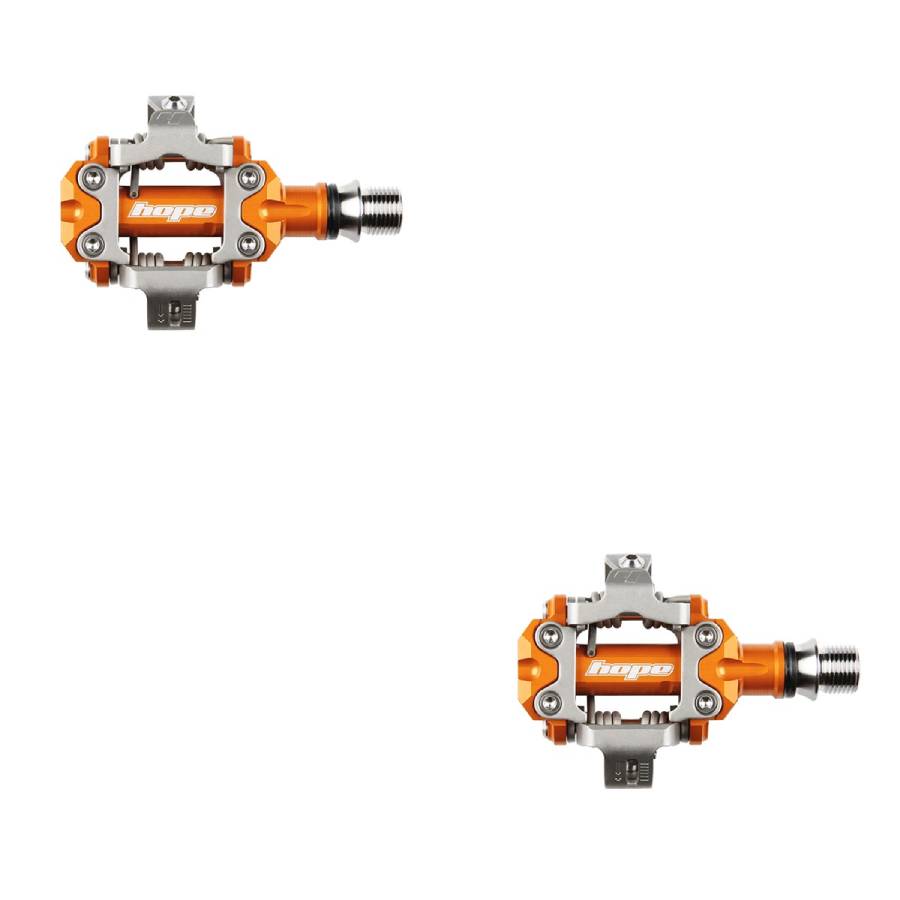 The term clipless refers to the lack of toe clips, rather than the action of connecting your shoe with the pedal. These pedals are actually a system comprised of special pedals and cleats, devices included with the pedals that attach to the soles of clipless cycling shoes.
The term clipless refers to the lack of toe clips, rather than the action of connecting your shoe with the pedal. These pedals are actually a system comprised of special pedals and cleats, devices included with the pedals that attach to the soles of clipless cycling shoes.
This pedal offers your feet to be positioned in the same spot every time you jump on your bike. Compared to other pedals Clipless pedal improved efficiency and has a consistent foot placement. Likewise, this pedal has a good secure, and stable connection to the bike.
However, these pedals are considered to be more dangerous than flat pedals, especially for beginners. Because these pedal needs more additional skill of clipping in and out. For this type of pedal, you’ll need to select pedals and shoes in order to upgrade to a clipless system.
As of now, clipless pedals are extremely popular on the road, new cyclists may benefit from spending some time on flats as they get used to riding a road bike. This pedal helps you to set your seat height with a high degree of accuracy that will maximize your riding comfort and efficiency. In addition, you’ll find this precise positioning advantageous for your knees and hips too.
However, it might sound a little intimidating if you’ve never tried it, but there are some serious benefits to consider. After clipping those shoes you’ll be able to take advantage of the full pedal stroke. This clipless pedal can give a high-performance flat pedal.
Apart from that Clipless pedal allows you to increase your speed and make tough climbs easier, and those two benefits alone are enough for most road cyclists to make the switch. However, these pedals aren’t just for road riding, though.
Many bikers use clipless pedals on mountain trails. Apart from the climbing advantage, it prevents your foot from slipping in wet weather or bouncing out of position on rough terrain.
Benefits of Clipless pedal
Different riders use different mountain bike pedals for their mountain bike. Many people don’t prefer clipless pedals. Meanwhile Flat or platform pedals can be a great choice for mountain bikers, commuters, and tourers.
Flat platforms are used at the beginning of the biking, as they are almost always more affordable than cheaper clipless pedals. If you know how to ride a bike, then you will likely appreciate the ability to hop off your bike and walk comfortably at any moment.
However, if you are a flat pedal user then you will miss out on the extra efficiency and sure-footedness of clipless pedals. Experience and aggressive rides prefer flat over Clipless riders. If you want to have some crazy riding experience on a crazy trail then the Clipless pedal will be the best for you. Here are some benefits of Clipless Pedal,
- More efficient pedal stroke for easier climbing
- Better power transfer for more speed
- No slipping off the pedal in wet or rough conditions
How do I choose mountain bike pedals?
Like other parts of mountain bike pedals are also important for bikes. They are an integral part of your connection to the trail. Thus, selecting the right mountain bike pedals can be a daunting task, with so many different options. How wide the pedal platform is positioned has a very important role in helping to align your feet under your hips and knees.
To select among pedals I all depend upon you. Thus, Choose clipless pedals if you want more efficiency and control, with your shoes connected to your pedals, you transfer power when you pull up and push down. However, choose flat pedals if you need to quickly take your feet off the pedals or want comfort while walking in shoes that don’t have cleats.
In the market, there are various competing standards in the clipless pedal market. However, these cleats may not be compatible with one standard to another. Some of those clipless pedal standards are SPD, Time, and Crank Brothers.
Talking about today’s context, SPD is the most widely-used standard across many brands, but unless you plan to share bikes or need to outfit multiple rigs, this may not be a very important consideration.
Meanwhile, flat pedal designs use a large platform with an arrangement of pins sitting proud of it to provide grip. Thus, the broader and longer the platform is, the more support it’ll offer you foot, but the trade-off is ground clearance.
How to fix the pedal to the mountain bike?
Unfastening and attaching bike pedals might seem like a “no-big-deal” kind of procedure. But sometimes it might be difficult if you’ve never changed your own pedals before. While changing those pedals there are some easy mistakes that could leave you with a stuck pedal and a ruined crank arm.
If you are one of those who haven’t changed the pedal then this is the right place where you will find how to fix the pedal.
Before fixing the pedal let’s talk about how to remove pedals? There are two types of pedals that have threads rotating in different directions; the non-drive side or left crank has a REVERSE thread. However, some have the drive-side or right crank as a standard thread which works with the old saying ‘righty tightly, lefty loosely!’ So first place the bike on the ground that will help you to get more leverage than if it was on a bike stand.
Then slowly start with the drive side, and rotate the cranks so they are roughly level or at the ‘3 O’clock’ position, insert the Allen key and push DOWN or ANTI-CLOCKWISE. Then placing, your other hands on top of the crank will help you put more pressure through the Allen key.
As different bikes have different pedals, if you are a non-drive side, you want to spin the crank level and bring it to the front, when facing the crank you want to turn the Allen key CLOCKWISE. These are the same directions if using a pedal wrench, the easiest way to remember the directions is to imagine if you are pedaling backward with the tool, this is the way you want to turn it.
After removing those pedals let’s dive into attaching part. You can see the ‘L’ or ‘R’ mark on those pedals. Yes, that is the crank where it is to be threaded to. If you do not see those marks then there might be a groove cut out one of the pedals at the flange at the end of the thread, this indicates the LEFT or non-drive side pedal. Put anti-seize grease to the threads to make your life a little easier next time you go to take the pedals off.
Following the Grease, the face drives the side crank and picks the correct pedal by looking at the marking. After marking start screw it CLOCKWISE by hand. Because it will prevent you from cross threading / stripping the crank by forcing it in with a tool. As speed is directly proportional to the process, so you have to speed up.
To speed up grip the pedal axle and rotate the cranks backward, this will quickly spin the pedal onto the crank. Then tighten the pedal with the tool that you have. On the other hand, for the nondrive side, again face the crank. After facing you should screw the pedal in by hand ANTI-CLOCKWISE, if you have a torque wrench use your manufacturer’s guidelines.
If it did not get tight use your Allen key and wrench by pushing down with one hand. After that do a little moderate cinch up, don’t go crazy, and push with all your strength. One important while attaching the pedal is to ensure they are still tight.
Why do we need pedals for our mountain bikes?
People that are adventurers, athletes, and passionate about cycling need to know the information about the pedals for mountain bikes. Here, we present you with all the information down below :
Similar to another part of the mountain bike, the Pedal also has its specific role. Pedals are those parts where the rider pushes with their foot to propel the vehicle. The pedal provides the connection between the cyclist’s foot or shoe and the crank allowing the leg to turn the bottom bracket spindle and propel the bicycle’s wheels.
It is a very important facet of having a bike that fits you and the difference between a quality pedal and one that doesn’t work very well for the type of riding you are doing can make or break the experience. However, today’s new mountain bikes don’t come with pedals because most advanced mountain bikers have their own preference when it comes to pedals.
Most of the bike pedals are not all of the same sizes. They vary in different sizes due to the crank arms dictating the specific-sized threads. This is mainly dependent on the age of the bike as well as the type of bike that you have. When the rider put their foot on the pedal that is connected by a chain to the back wheel, the back wheel turns.
This moves the bicycle forward and the rider steers by turning the handlebars or by leaning. Pedals are a personal choice, so much so that many road bikes actually come without any supplies. While standard bikes will use the basic flat platform pedal, the rider seeking better performance should aim to use clipless pedals. For those people who are adventurous and passionate about cycling, this will be the best pedal.
Are All Bike Pedal Threads the Same Size?
No, the Bike pedal comes in different sizes. Commonly, there are two major sizes 9/16” and ½” of the pedal. The 9/16” is the more standard version of pedals and covers almost all manufacturers use for their pedals. Thus, almost all modern adult bikes have the 9/16” pedal with 20 threads per inch.
The inside diameter of the internal thread must be smaller but the OD of the pedal is typically 14.2mm. Meanwhile, another size thread that is used, which is less common, is ½ 20 TPI. TPI is mainly for children’s bikes and BMX bikes. Whereas an old-style French thread is far less common. That has measured at 0.55 20.32 TPI.
Likewise, right pedals are right-hand thread, and left pedals are left-hand thread so that they self-tighten as you ride. Because tight thread prevents them from falling off.
Cost of Mountain Bike Pedal
As of 2020, the average price of a guitar effects pedal in the U.S. experienced a generally increasing trend since 2005. In 2020, the guitar effects pedal around 102 U.S. dollars. However, the pedal varies with different materials and construction techniques.
People search for the lower price but higher the price you will get more advantages with a probable weight. Price and other details may vary based on product size and color.

